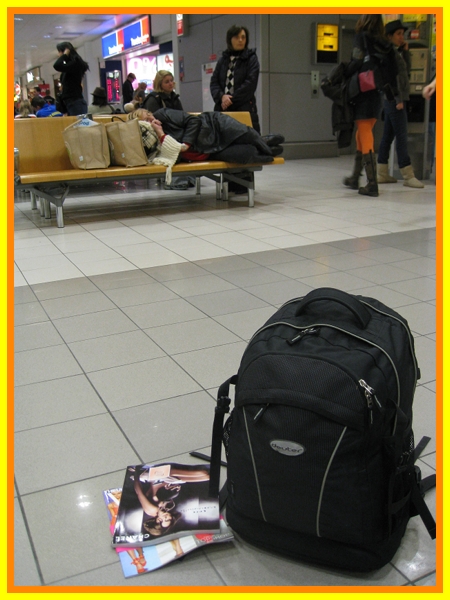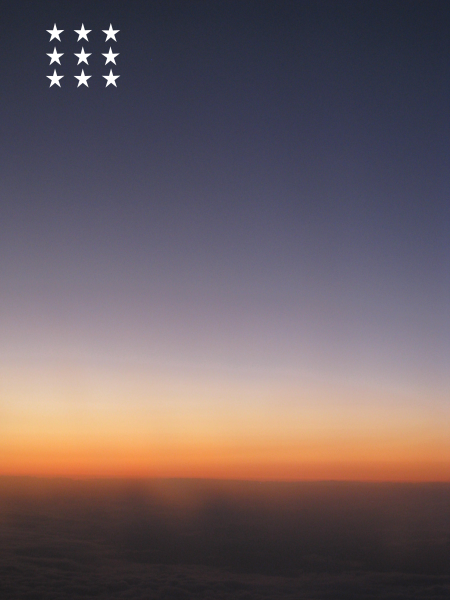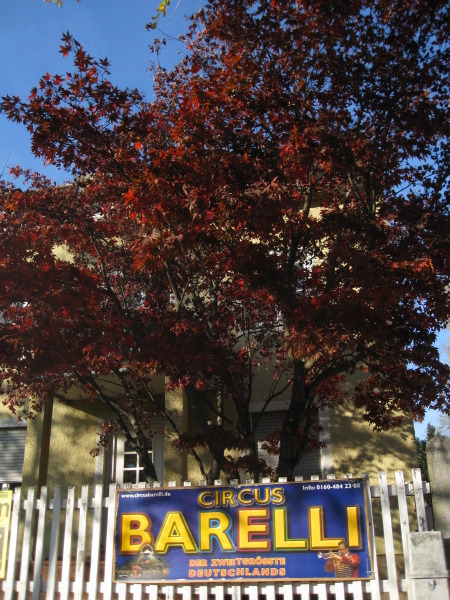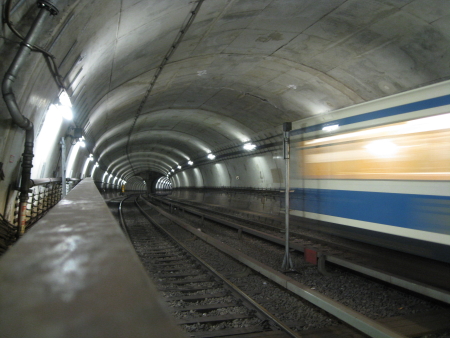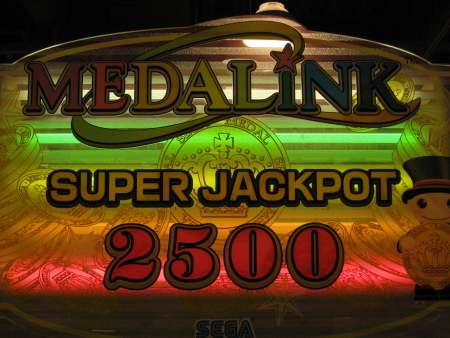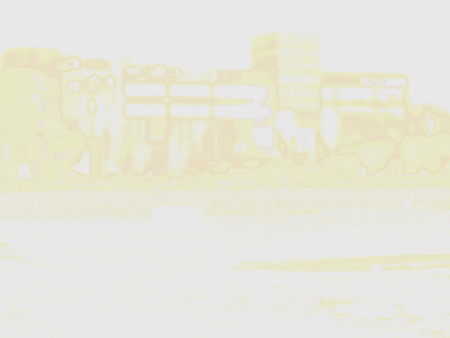
Someone was asking me wether I am pro or contra using Gorleben as a final nuclear waste repository.
The answer is: I don’t know.
Most of the containers brought there seem to be an interim solution, so at one point one is forced to think about what to do with the material. The salt dome at Gorleben which was originally planned as a final repository (in the late seventies) was declared (if I trust the Wikipedia link) by the Physikalisch-Technische Bundesanstalt (resource: Zusammenfassender Zwischenbericht über bisherige Ergebnisse der Standortuntersuchung in Gorleben. Mai 1983, Braunschweig as less suitable:
„Eine erste Bewertung des Deckgebirges hinsichtlich seiner Barrierenfunktion für potentielle kontaminierte Grundwässer zeigt, daß die über den zentralen Bereichen des Salzstocks Gorleben vorkommenden tonigen Sedimenten keine solche Mächtigkeit und durchgehende Verbreitung haben, daß sie in der Lage wären, Kontaminationen auf Dauer von der Biosphäre zurückzuhalten.
translation without guarantee: A first evaluation of the sediments above the dome with respect to their functioning as a barrier against potential contaminated ground water displays that the clay sediments above the central parts of the salt dome Gorleben do not have enough thickness and spreading in order to prevent in perpetuity the contamination of the biosphere.
And there are other reports which indicate that there may be more geological problems.
Moreover the decision for Gorleben as a final repository was influenced by political/non geological citeria, like the one that Gorleben used to be close to the border of the former GDR and thus economically less attractive.
So it seems that a profound investigation also of other possible locations and their comparision with Gorleben has to be made.
Last not least I feel quite uncomfortable with the notion of “final repository” in general. If it means that the stuff is dumped there and then more or less left alone (and thus in the long term forgotten) then this can become very problematic (see e.g. Asse II).
It is important that the problem of nuclear waste is always present in the public mind (so alone for that reason peaceful protest is usually good).
This implies that the information about nuclear waste repositories, former nuclear production sites and in general about (possibly) contaminated sites has to be easy accessible for everybody and in particular for future generations. In particular one would expect that there exists a detailed map about such sites in the internet (“a google earth for nuclear sites” ?), however I have found nothing of this kind even not on the page of the International Atomic Energy Agency like on the pages of their waste technology section. The Dirata Database (which was hard to find) is a first step. Moreover it is a challenge to adress the waste problem which is involved with small size waste like with these mini nuclear power plants (e.g. probably soon in Romania) and where one reads the following about a company called Hyperion (which seems to have already a six year waiting list):
“Because the Hyperion plants would be buried underground and guarded by a security detail, the company explains that they´ll be out of sight and safe from illegitimate uses.”
Next year, the company will submit an application to build the modules to the Nuclear Regulatory Commission.
As a matter of fact the world has to think about how to make important information of nowadays accessible to future generations. The Svalbard fault, where information about plants is kept is one example. The genetic information about nowadays people and animals may also be important information to store somewhere in a “world treasure box” (especially given all of the above). A map with information about nuclear sites certainly has to go as well into that treasure box.
->see also this BBC report about a lost US nuclear bomb over greenland (via Tagesschau.de). The cancer records in denmark seem to be sofar only partially online. It would be interesting to look into them like into these ones.
addition Jan. 28, 2020:
Here a link to a blog post on Ars Technica about the Nature Materials article , 2019. DOI: 10.1038/s41563-019-0579-x, “Self-accelerated corrosion of nuclear waste forms at material interfaces”, which illustrates that plans to store nuclear waste by putting it first into a layer of chemically inert, insoluble glass and then putting this into a stainless steel flask are basically not working when this type of containment is exposed to water.
addition Feb. 8, 2020:
The essay Death and succession among Finland’s nuclear waste experts is an essay by anthropologist Vincent Ialenti about how the death of a leading finnish engineer (with the pseudonym Seppo) concerned with nuclear waste management gives an exemplary insight into “a larger, global expert-loss drama.” The essay gives also a very brief descriptiosn about finnish methods of nuclear waste storage (see below).
I do not fully agree with Ialenti’s conclusions and interpretations, but it is an interesting read into a “drama”, that is not only taking place in nuclear engineering, but also in other technical fields. The “drama” is largely due to an understaffing of the technical sector in societies that are largely “run” (in an economical and political sense) by people with not so much technical expertise.
Ialenti describes:
Studying Seppo’s character and influence anthropologically is not about capturing exactly what he thought, precisely what he did, or how he did it. Rather, it’s about examining the effects of “what would Seppo do here?” moments, in which surviving colleagues brought recollections of the man to bear on their present work.
Ialenti suggests:
“I propose that nuclear experts pause for a moment to consider how they can best preserve the memory of an expert’s thinking patterns in their work lives. Cultivating that style of self-reflection can help nuclear experts better understand their predecessor’s insights that they may already be preserving.”
I think it is less “thinking patterns” per se that are sought with the question “what would Seppo do here?”, but more desicion making patterns, i.e. questions of where do you set priorities, where do you think more research is necessary etc. in order to make a decision. In important settings engineers usually already document why they decided to do something in this or that manner (sometimes this is though not openly possible) and there are by the way also computerized tools which support this, but of course the less time there is for performing technical tasks (like due to understaffing) the less time there is for documentation and instruction. Last but not least what seems to be asked for here (?) is to document an experts intuition. Good luck with that.
The essay contains some technical inlets and in particular one about finnish nuclear waste containers:
Massive metal casks will encapsulate Finland’s spent fuel rods for long-term storage. The outer canister (left) is a cylindrical sleeve of copper, one meter long and five centimeters thick, intended to protect a cast-iron insert (right, here with one fuel rod) from the corrosive effect of groundwater for at least 100 000 years. The cast iron itself resists the mechanical stresses of bedrock.
which refers to the addtion on Jan. 28, 2020.
Remark to this: The Standard electrode potential(table in german) of Copper and Iron are close together so there is not such a high voltage (potential difference) between the two metals, but according to the german table it is still 0.39V. That is Copper acts here as an Oxidizing agent and presumably if the container is not super tight then the iron might rust even faster than without copper container – or in other words the copper container is rather the “opposite” of an Galvanic anode. Copper is considerably easily dissolvable by acids (In that context one might think of sulfate in groundwater).
